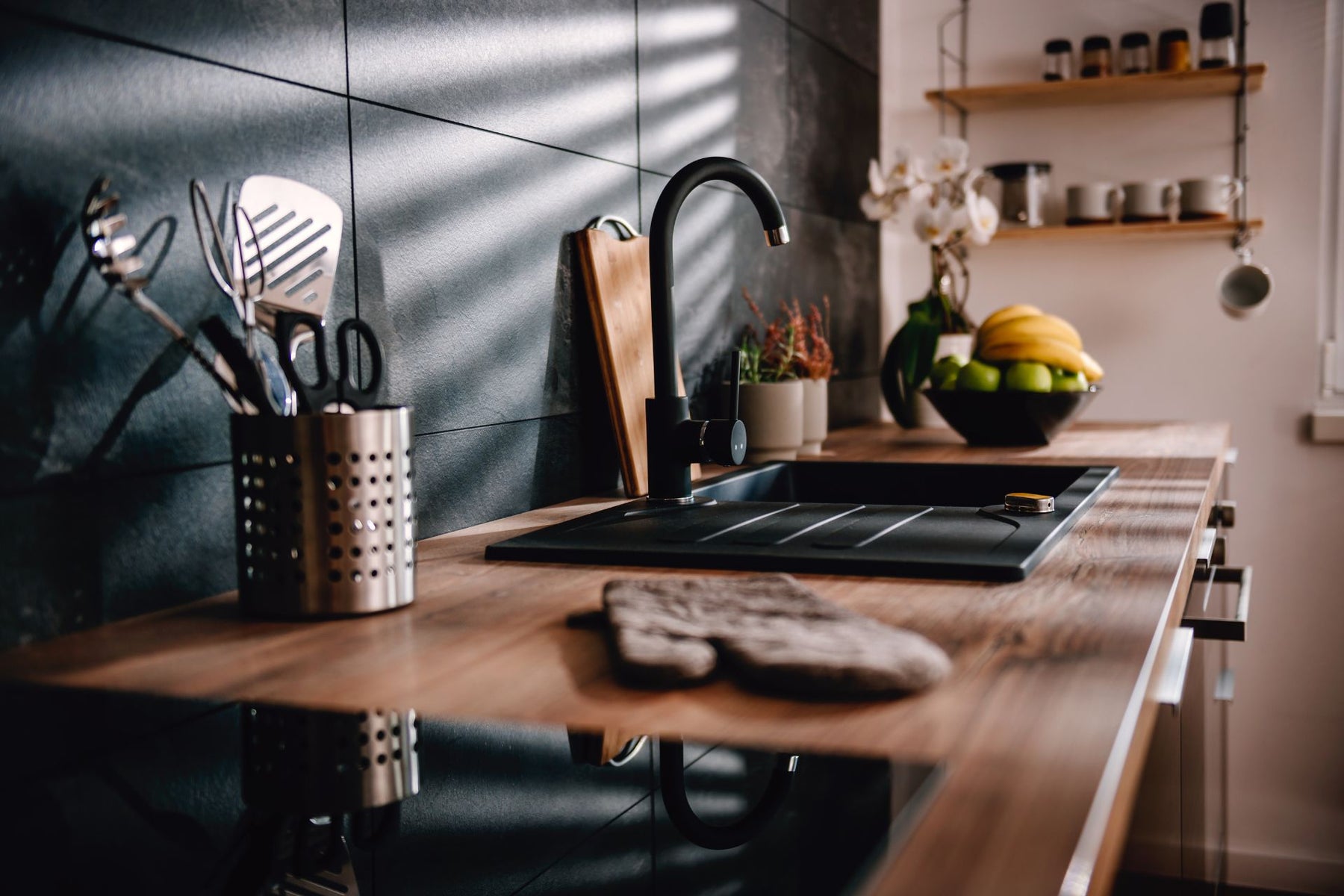
How to Transition to Low-Flow Water Fixtures in Your Home
While small leaks may seem inconsequential at first, they’re responsible for 10,000 gallons of wasted water every year in the average household. Often, especially in older houses, it’s fixtures that are responsible for these leaks.
One of the most effective ways to reduce household water consumption is by transitioning to low-flow water fixtures. Not only do they help in preserving our planet's precious water supply, but they also offer homeowners the added benefit of reduced utility bills.
But what are low-flow plumbing fixtures? Keep reading to find out!
What Is a Low-Flow Fixture?
Low-flow fixtures are toilets, showerheads, faucets, and other plumbing features that use less water. They use gravity-flow designs and pressure-assisting technology to help reduce water consumption without reducing water pressure.
For bathroom and kitchen fixtures to be considered “low-flow,” they must not exceed a specific number of gallons per minute. However, as you might expect, that gallons per minute number varies based on the type of fixture in question.
- Low-flow toilets use about 1.6 gallons of water per flush (compared to older toilets which typically use up to 7 gallons)
- Low-flow showerheads use less than 2 gallons per minute (compared to older showerhead models that use 2.5 gallons of water per minute)
- Low-flow faucets can reduce your sink’s water flow by as much as 30% and use 1.5 gallons per minute (compared to the standard 2.2)
The Benefits of Installing Low-Flow Fixtures

There are many benefits to installing low-flow attachments, such as:
Reduced Water Waste
Some parts of the world are experiencing significant water shortages. If left unaddressed, access to clean and safe drinking water will be impacted.
You can do your part in reducing water waste by switching to low-flow water fixtures. For example, low-flow faucets are designed to reduce water flow by 30% without sacrificing performance, saving you on average 700 gallons of water per year.
Lower Utility Costs
Low-flow plumbing fixtures use less electricity and less water, which will eventually make your utility costs shrink. Not only that but many water providers and local governments provide incentives and rebates for switching to low-flow water fixtures.
Increased Property Value
Modernize your home with low-flow faucets and other fixtures!
A full interior remodeling of your home bathroom and kitchen can be costly if completed all at once. Break this project up into smaller tasks, starting with your plumbing system. Simple upgrades, like installing a low-flow bathroom faucet, can seriously boost your property value.
3 Tips for Installing Low-Flow Plumbing Fixtures
1. Look For WaterSense Labels
There are many high-quality low-flow options on the market today. Our advice? Look for certified low-flow water fixtures that come with the stamp of approval from WaterSense.
This government-run program verifies that showerheads and faucets use water at two gallons per minute or less. Water-saving devices with a WaterSense label are around 20% more efficient than their unlabeled counterparts.
2. Decide Between Aeration or Laminar
For low-flow showerheads, you can choose between two types: aerating or laminar.
Aerating showerheads mix air into water, creating a feeling of full water flow even though the actual volume is reduced. Laminar showerheads distribute water into individual streams to lower water volume without the mist or steam that typically comes with aerators.
You should choose a showerhead that matches the flow rate of your home’s automatic compensating mixing valve, which supplies your hot and cold water.

3. Prioritize Your Toilet
Old or worn-out toilet valves can cause leaks, releasing more water than necessary into the bowl when the toilet is flushed. As such, if you’re going to upgrade to any kind of low-flow fixture, you should probably start with your toilet.
You can also choose from two types: a gravity-flow toilet and a pressure-assisted toilet. The former uses the natural force of gravity and water inside the tank to force water pressure into the bowl before passing through a toilet trap. The latter uses a pressurized tank to quickly release a lesser amount of water into the bowl to flush.
Shop Low-Flow Water Fixtures at NYDirect
There are many benefits to switching from old plumbing models to low-flow water fixtures, with two big ones being lowering your water consumption and utility bills. So, when you’re ready to take the plunge, we’re here to help out.
NYDirect is family-owned and operated, offering seamless and stress-free methods of ordering all your home improvement needs. From kitchen fixtures to plumbing parts, our extensive collection of products is sure to have what you’re looking for.
Contact our team to learn more about low-flow fixtures.Shop Popular Brands
America's Leading
Plumbing Supplies Retailer
Save big on plumbing essentials with
our wholesale prices!
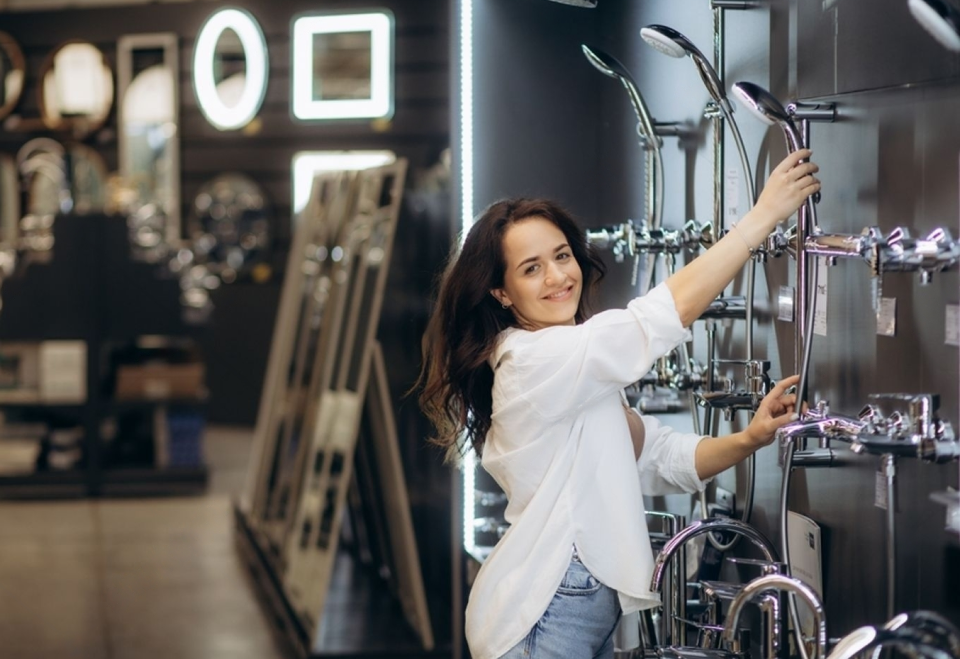


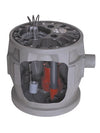

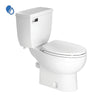

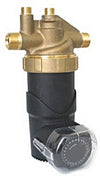

Leave a comment